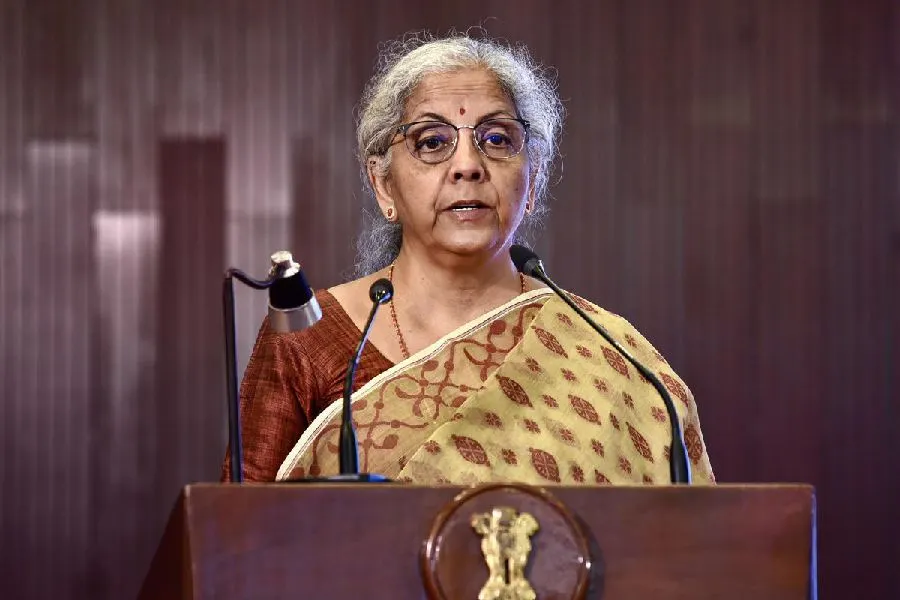The Indian aviation industry is bracing for a much tougher financial year ahead, with ICRA projecting net losses of ₹9,500 to ₹10,500 crore in FY2026, nearly doubling the ₹5,500 crore loss in FY2025.
The Economic Times
Headwinds Driving the Losses
- Slowing Passenger Growth
Passenger traffic is expected to increase by only 4–6% in FY2026 (172–176 million passengers), down from earlier projections of 7–10%. - Surging Aircraft Deliveries Amid Weak Demand
Airlines are adding capacity with increasing aircraft deliveries, even as demand softens—intensifying pricing pressures. - **External Disruptions
Multi-faceted challenges—including geopolitical tensions, post-crash travel hesitancy, prolonged monsoon disruptions, and trade-related anxieties—are weighing heavily on the sector. - Cost Pressures from Fuel and Currency
Despite an 8% year-on-year dip in ATF prices (₹87,962 per kilolitre), costs remain elevated. A 3% depreciation of the rupee against the dollar further compacts margins.
Financial Indicators and Outlook
- Debt metrics are expected to weaken, with the interest coverage ratio falling to 1.3–1.5×, down from 1.5–1.7× in FY2025.
- For perspective, while FY2026 losses are substantial, they remain below the record-high FY2022 (₹21,600 crore) and FY2023 (₹17,900 crore) deficits.
Quick Snapshot
| Fiscal Year | Projected Net Loss (₹ crore) | Key Context |
|---|---|---|
| FY2022 | ~21,600 | Highest pandemic-era loss level |
| FY2023 | ~17,900 | Still elevated due to pandemic recovery challenges |
| FY2025 | ~5,500 | Recent loss amid improving demand yet lingering turbulence |
| FY2026 | 9,500–10,500 | Losses projected to nearly double due to weakening demand and rising costs |
Why It Matters
Persistent financial strain threatens airline resiliency and capacity expansion. With aircraft deliveries increasing and headwinds mounting—from geopolitical tensions to operational disruptions—airlines face a high-stakes year. Policymakers and industry leaders may need to reconsider strategies around cost structure, capacity planning, and stimulus interventions.



